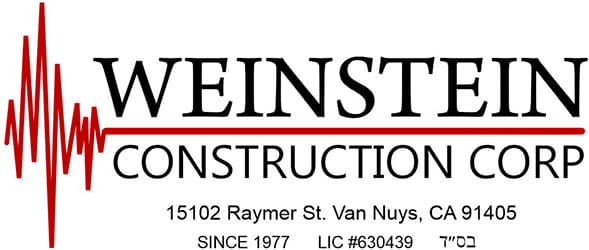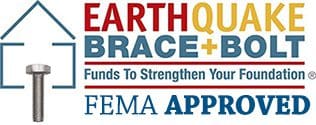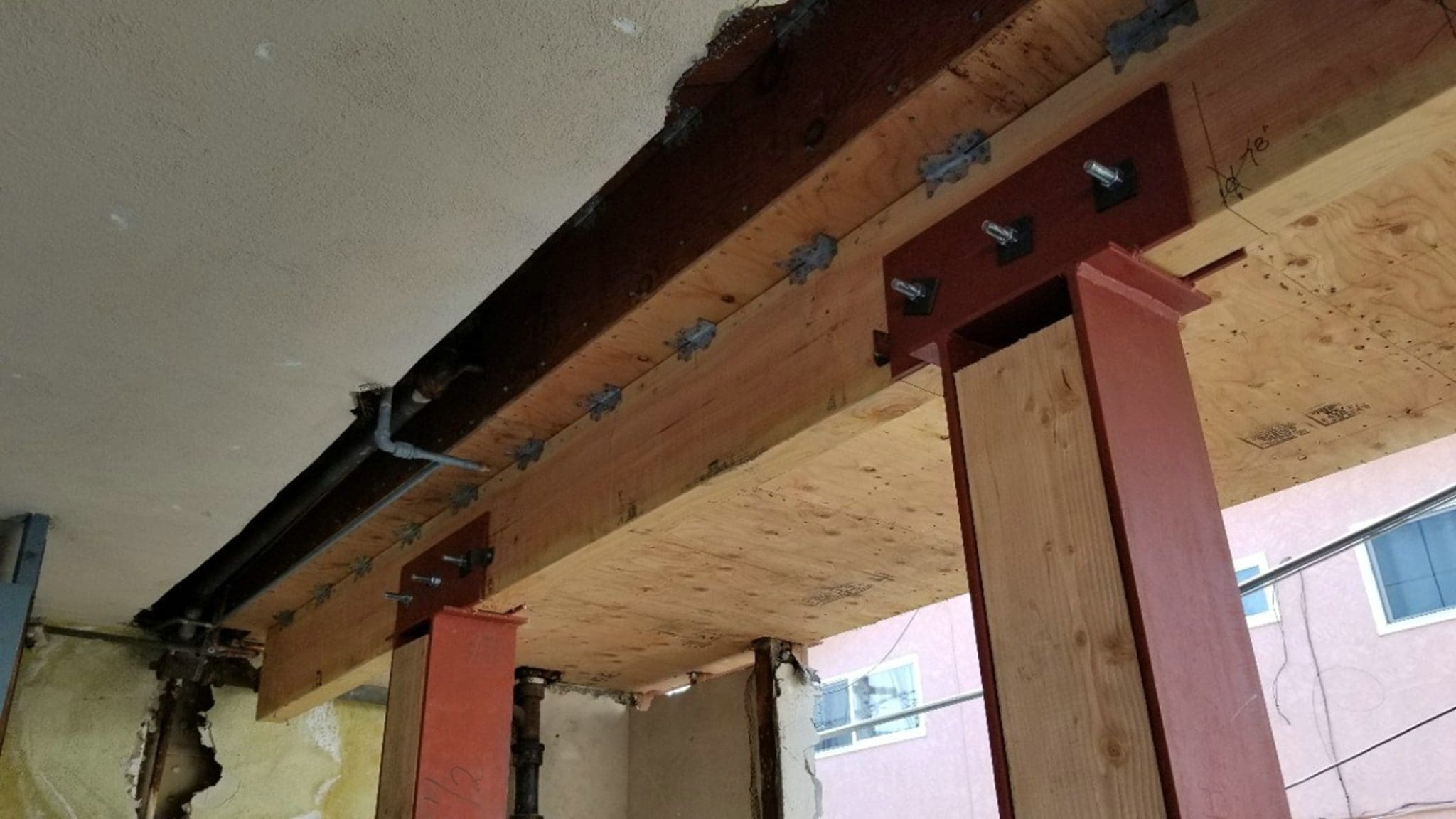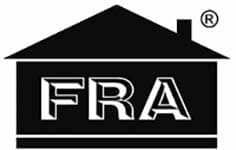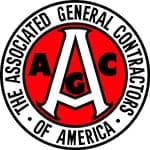AN UNREINFORCED BUILDING WITH THE FOLLOWING CRITERIA WILL REQUIRE SEISMIC RETROFITTING:
- A building that was built under building code standards that were in place before January 1, 1978
- A building that consists of two or more stories in a wood frame construction and
- A building that contains ground floor parking or other open floor spaces.
IS YOUR BUILDING A “SOFT STORY” BUILDING THAT MAY REQUIRE A RETROFIT?
Large earthquakes in the greater Los Angeles area have shown that certain types of buildings are extremely vulnerable. For example, structures that are not bolted to their foundations can slide off the foundation during an earthquake, buildings that have unreinforced masonry will see it crumble, and so-called “Soft Story” buildings are in danger of complete collapse!
Many owners of Soft Story buildings have already received a City of Los Angeles Department of Building and Safety (“LADBS”) order requiring that earthquake retrofitting be done on their Soft Story structure. Upon receipt of an order, property owners have a limited amount of time to complete the Soft Story retrofitting work.
WHAT ARE “SOFT STORY” BUILDINGS?
Soft Story buildings are typically multi-story structures that have one or more floors with large opening windows, wide doors, large unobstructed commercial spaces, or other openings in places where walls would normally be required for stability as a matter of earthquake engineering design. Many such buildings have a “soft” first story that is less rigid than the floors above it, for example, an apartment building’s “tuck-under” parking garage structure.
Such apartment buildings with flimsy first floors that serve as parking spaces became popular in the 1940s and 50s, as the City of Los Angeles spread West toward the Pacific Ocean and North into the San Fernando Valley. In fact, recent stories in the Los Angeles Times show that many of the largest and most vulnerable apartment buildings are in the San Fernando Valley! (see LA Times, “Is my building vulnerable in a big earthquake? Here’s how to find out” by Shelby Grad, July 9, 2019).
Sadly, such Soft Story structures are susceptible to damage during seismic activity, as was seen in many news story reports during the infamous 1994 Northridge earthquake, which caused many such Soft Story buildings to collapse, as well as the San Francisco earthquake of 1989.
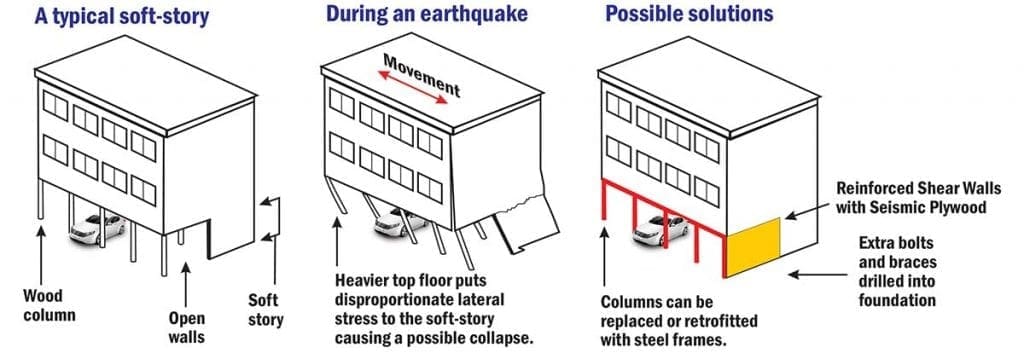
IS YOUR BUILDING PART OF A SOFT STORY RETROFIT PROJECT IN LOS ANGELES?
Los Angeles residents have been waiting for the “Big One” to strike for many years. If you’re new to the area, the “Big One” is what Los Angelinos refer to as the next big earthquake that can strike Southern California at any moment. City officials have tried to find ways to minimize potential earthquake damage and save lives, and in so doing, passed into law Los Angeles Ordinance 183893 and 184081. These city-wide Ordinances requires the owners of Soft Story construction buildings to retrofit them in strict accordance with city retrofitting codes.
The City of Los Angeles Department of Building and Safety (“LADBS”) has identified buildings* that are most vulnerable to seismic activity (and thus requiring a seismic retrofit) as having the following criteria:
- Consist of 2 or more stories of wood frame construction
- Built under building code standards enacted before January 1, 1978 and
- Contain ground floor parking or other similar open floor space.
* Note that the LADBS Soft Story Retrofit Program does not apply to residential buildings with 3 or less units. Owners of larger residential units have orders to comply with the Soft Story ordinance.
Soft Story building retrofitting work is typically done in three phases:
- Submitting a retrofit plan within 2 years
- Obtaining a permit to begin construction or demolition within 3.5 years and
- Completing the job within 7 years.
The purpose of the city’s mandatory retrofitting program was to reduce the potential risk of injury and loss of life and property that could result from the effects of seismic earthquake activity on vulnerable Soft Story buildings. Without strengthening and retrofitting the construction of such buildings, structural failure may occur both during and/or after an earthquake. The LABDS’ seismic retrofit program is one of the nation’s largest movements to promote seismic Soft Story building safety!

IS THERE ANY GOOD NEWS?
The good news is that Weinstein Construction’s retrofitting experts specialize in Soft Story solutions and offer Soft Story structure retrofit reinforcement at a reasonable cost! Weinstein Construction’s Soft Story seismic retrofit can strengthen multifamily apartment complexes so that they are better prepared to deal with the next big seismic earthquake strike, helping to save lives, cars, and other valuable property.
IS MY BUILDING A “SOFT STORY” BUILDING THAT MAY REQUIRE A RETROFIT?
Property owners typically receive a City LABDS order requiring retrofitting be done on their Soft Story building. Upon receipt of such an order, the property owner will have a limited amount of time to complete the Soft Story retrofitting work. Soft Story building retrofitting work is typically done in three phases:
- Submitting a retrofit plan within 2 years
- Obtaining a permit to begin construction or demolition within 3.5 years and
- Completing the job within 7 years.
Los Angeles Ordinance 183893 and 184081
Many Los Angeles property owners are now aware of the Soft Story retrofit ordinances in Los Angeles. The Los Angeles City Council approved two construction measures regarding Soft Story buildings. The idea behind these ordinances was to make sure that when the next earthquake hits, buildings across the city will be structurally sound. And so, what do the new laws cover and how are they applicable to Soft Story building owners?
The first order, 183893, specifies the type of buildings required under the Los Angeles Soft Story retrofit system to complete a seismic upgrade. This list includes wood-framed structures and Soft Story buildings built before 1978. Ordinance 184081 provides the deadline for building owners to complete their retrofit and has two components, depending on whether one intends to retrofit or completely demolish the building.
City officials have compiled a list of all the buildings and structures that they consider at risk and sent a notice to the owners of these buildings, notifying them of the compulsory Los Angeles retrofit Soft Story program. Such letters gave owners seven years to secure construction plans and complete the necessary retrofits. If you are a Soft Story building owner, you should hire a Soft Story retrofit contractor now if you received one of these documents! If you haven’t hired one, or don’t know if you need one, don’t worry, we’re here to answer all your questions and make it simple for you to understand the process.
SEISMIC RETROFITTING CAN SAVE YOUR SOFT STORY STRUCTURE
Seismic earthquake activity invariably causes property owners to ask, “how safe is my building?” Earthquakes have shown that certain types of buildings are vulnerable! For example, structures that are not bolted to their foundations can slide off the foundation during an earthquake, buildings that have unreinforced masonry can have such masonry crumble, and so-called “Soft Story” buildings are in danger of complete collapse!
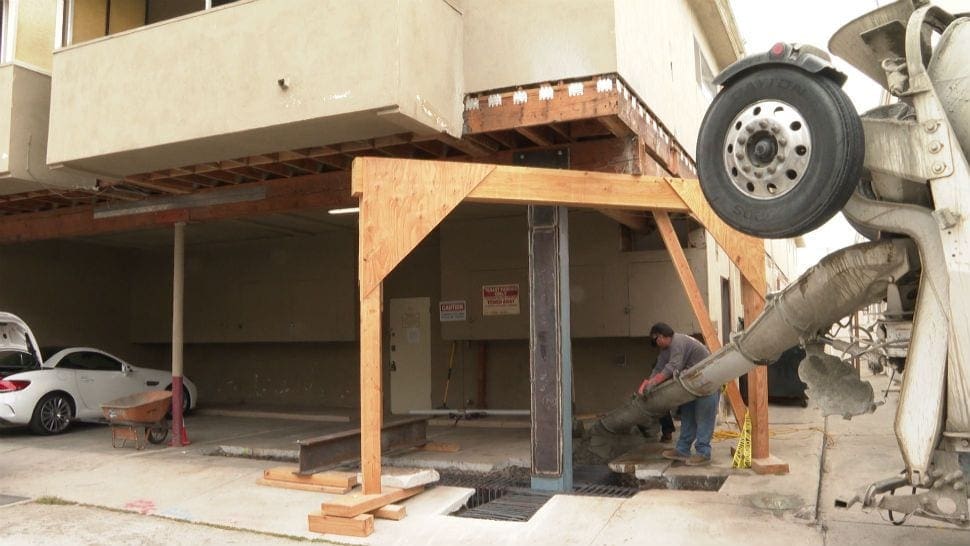
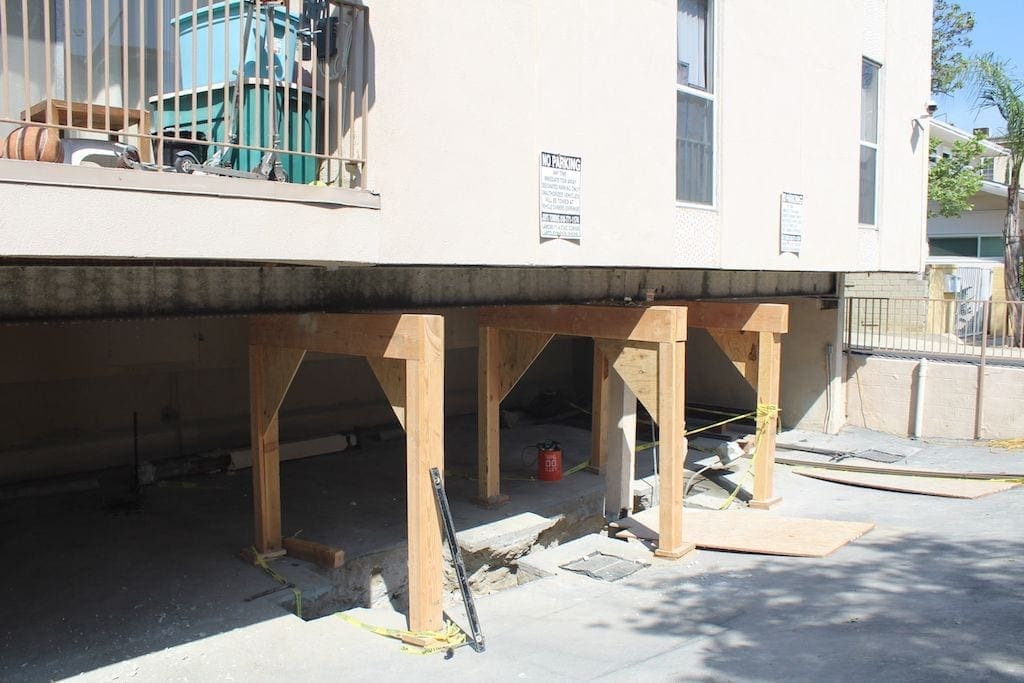
WHAT STEPS DO I NEED TO TAKE TO COMPLETE A SOFT STORY RETROFIT?
First, it is important to find an experienced Soft Story retrofitting contractor in Los Angeles. Weinstein Construction has already completed hundreds of Soft Story retrofits. We are the most skilled contractors in the Los Angeles area and will guide you through every step of the process, which typically involves a free initial consultation, and a subsequent inspection of the building that can provide you with a detailed plan of the work necessary to undertake the retrofitting project, including a timetable for completion, and a detailed cost estimate.
Weinstein Construction professionals can help with all your Soft Story retrofitting, from start to finish.
Call us today so we can explain how we work on Soft Story retrofitting !
If you think that your apartment building may require Soft Story retrofit services, call us now for a free, no-obligation discussion of your needs!
ADDITIONAL SEISMIC ORDINANCES FOR SOFT STORY STRUCTURES
If you are a building owner in the following Greater Los Angeles cities, you may be interested in following up on the following guidance!
City of Alameda Ordinance 2989
City of Burbank (Municipal Code Title 9, Chapter 1, Article 7, Division 4)
City of Fremont (Ordinance 10-2007, Soft Story Residential Buildings Retrofit)
City of Long Beach (Chapter 18.70 of the Long Beach Building Standards Code)
City of Los Angeles (Mandatory Retrofit Program)
City of Pasadena (Soft Story Retrofit Ordinance)
City of Santa Monica (Seismic Retrofit Program)
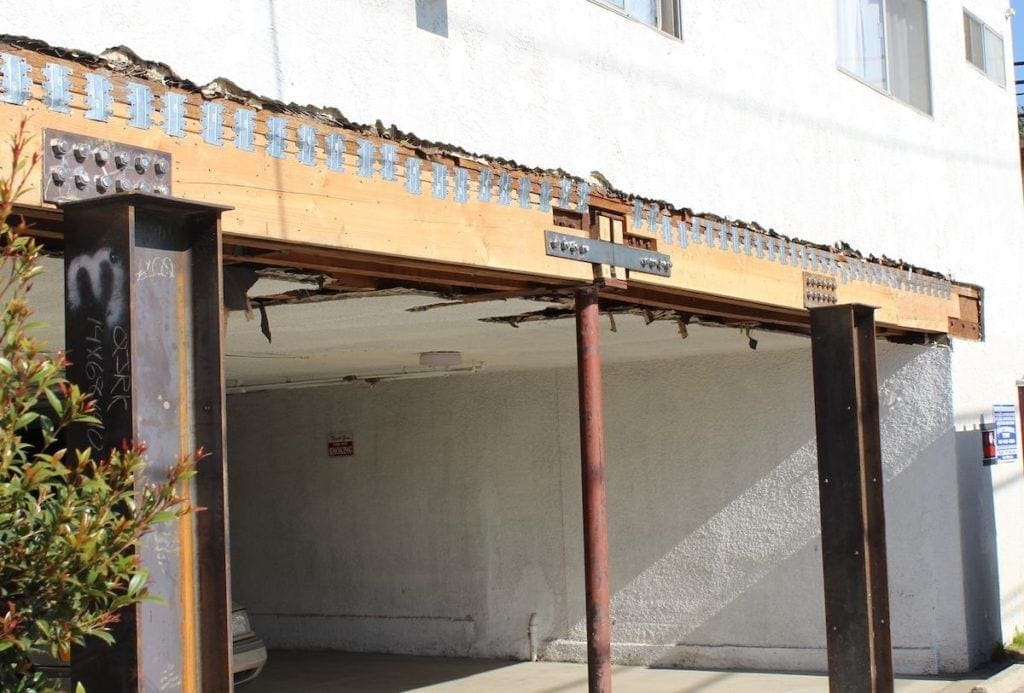
FREQUENTLY ASKED QUESTIONS
Simply stated, it’s a process that ties a home or a commercial property together. Retrofitting increases the resistance of the structure to earthquake damage and decreases the risk of injury to individuals inside during seismic activity. In short, it significantly strengthens the structure!
Your building has a “Soft Story” if it was built under building code standards enacted before January 1, 1978, is made of a wood frame construction, and has a ground floor (e.g., “tuck-under”) parking or other similar open floor spaces.
A Soft Story retrofit cost in Los Angeles varies, depending on the type of building and its size. The following rule-of-thumb often holds true: for a “tuck-under” parking garage, one must design and build one reinforcing structure (either a “moment frame” or a “cantilever column”) for every six parking stalls. Each such reinforcing structure will cost about $35,000 to $40,000. Following this math, if a building has under-tuck parking for 12 cars, the cost of Soft Story retrofitting will range from $70,000 to $80,000.
Los Angeles Soft Story cost of retrofitting may vary depending on other factors, for example, the type and location of the building: can heavy equipment access the building easily? Can a full-size truck (or just a small car) get onto the property? Is the parking area uphill, or downhill? What is the distance from the parking lot to the street? All these questions factor into cost considerations.
Moreover, other concealed and/or unforeseen site conditions may affect pricing, for example, the existence of any of the following (which may need to be disconnected, removed, or altered): concrete footing below ground, water/electric or gas pipes, plumbing or sewer lines, fire sprinkler lines, landscaping/irrigation lines, large tree roots, low voltage lines (e.g. communication), etc.
The time it takes to retrofit a Soft Story building will of course depend on a variety of factors, for example how many reinforcing structures must be built, how easy is access to the building from the street, whether or not concealed and/or unforeseen site conditions are encountered (e.g., concrete footing underground which must be broken up), the weather, how quickly the custom steel is prepared, etc.). Some Soft Story retrofitting jobs may take as few as five working days, and others may take a few additional working days or even weeks. Before we begin the retrofitting job, we will give you a rough estimate about how long it will take. We know how important your time is and always try to do the best job in as little time as possible.
Yes, indeed, the City of Los Angeles’ Tenant Habitability Program, as administered by the Housing and Community Investment Department (“HCIDLA”), can approve a rent increase if a property owner/landlord submits a temporary rent increase request within one year of completing the Soft Story retrofit. The HCIDLA will notify tenants of the increase and the tenants will have the opportunity to submit any objections in writing. If the rent increase is approved by the HCILDA, the property owner/landlord can typically recover up to 50% of the Soft Story retrofit costs in a rent increase which is spread out over 10 years.
TESTIMONIALS

Weinstein Construction redid my foundation and retaining wall and I’m very happy with the work!

We had our basement retrofitted. Very courteous to us, very attentive. I was very impressed with the people who came to do the job. They were polite, well dressed, and really seemed to know what they were doing. We feel a lot safer now than we would have otherwise.

We had used Weinstein to earthquake retrofit our house. First, my intention was to do it myself, but we got a very nice sales rep over and he went through the whole procedure and by putting a thought into I concluded that it was not worth it for me to spend 14 days under the house. They came out, a top professional crew, they did it in a day, and we really loved what they did.

We are pleased with the results. The people were on time, they were neat, clean, and even the “big boss” was very nice and accommodating, so we’re happy with the services.

I was very happy. Very clean job. Very satisfied, and I recommend it to everybody.

We had our house retrofitted. Immediately we noticed the stability of it, even when we walked the house. Now it’s so much better and it’s stabilized, we’re very confident. It went very well and we’re very pleased.

They did a great job, they were on time, clean, and the price was right. I recommend you do the same.

House was built in 1933. They did the right job, they did a very good job and we’re very happy with the results. I recommend them.
